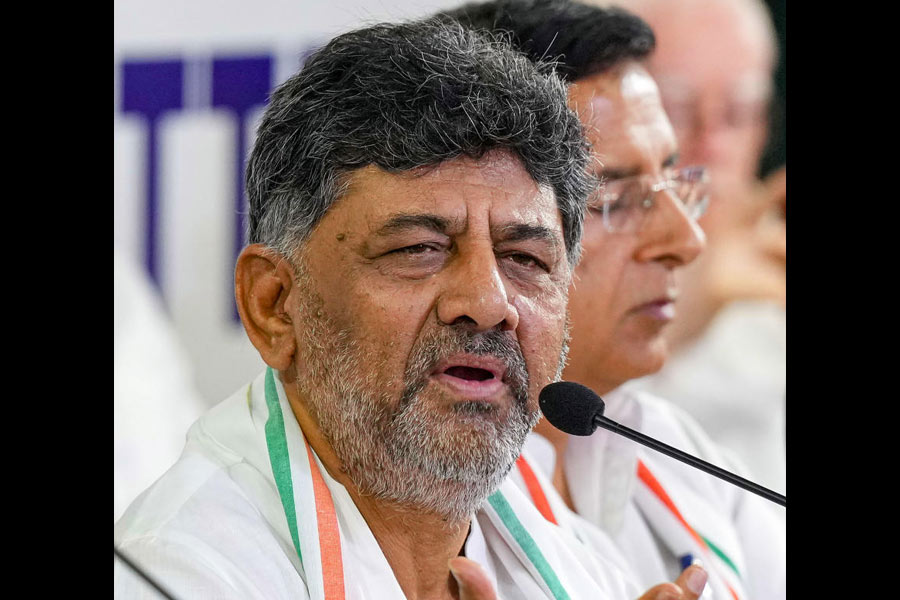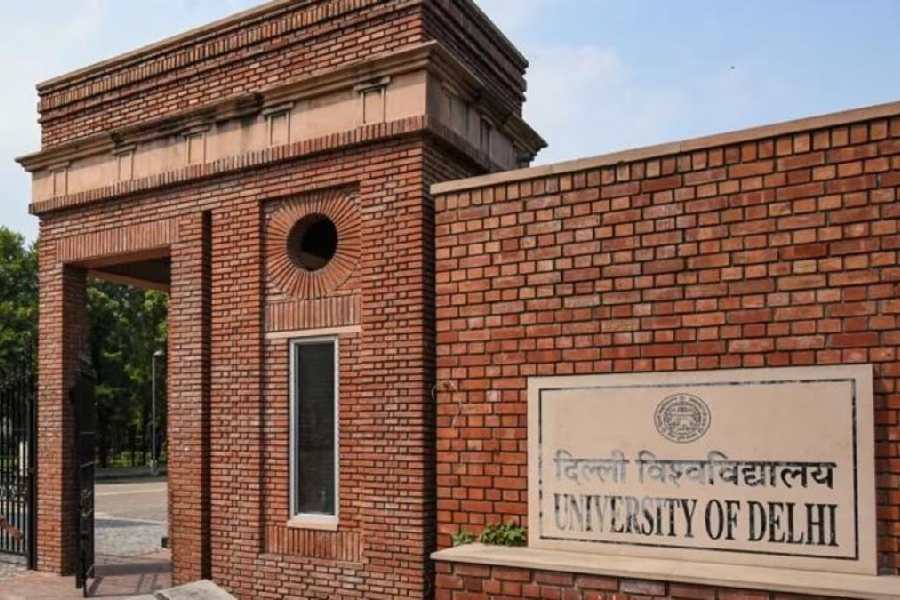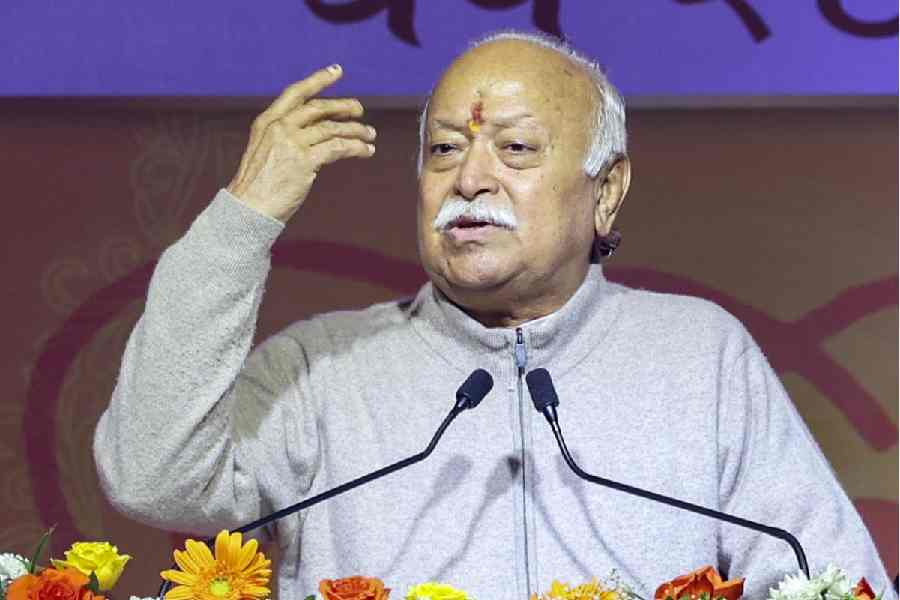Book: THESE SEATS ARE RESERVED: CASTE, QUOTAS AND THE CONSTITUTION OF INDIA
Author: Abhinav Chandrachud
Publisher: Viking
Price: ₹599
In the years that have passed since reservations were first conceived of and implemented in India, the system has grown in breadth, depth and complexity to such an extent that anyone approaching the question today is faced with a hydra-headed subject that contains a bewildering host of concepts, principles and controversies.
Reservations are provided in different sites (legislatures, education and jobs), in different sectors (public and private), to different beneficiaries (scheduled castes, scheduled tribes, other backward classes and so on), using different modes of identification (social, educational and economic criteria), with or without differentiation of certain types (sub-classification of the broad categories and sub-castes within individual castes), along different modes of categorisation (horizontal and vertical), through different systems of distribution (13-point and 200-point rosters), in different stages (employment or promotion), in different levels and disciplines (primary, secondary and higher education and in ordinary and super-specialised courses), in different states (with different lists of beneficiaries), subject to different conditions (a 50% ceiling, creamy layer rule), carrying different exceptions and consequences (the carry-forward of unfilled seats/jobs, consequential seniority in promotions), with different outcomes when beneficiaries are meritorious (depending on whether the reserved seat/job becomes open to others), facing different competing interests (reverse discrimination, efficiency, merit) and with different contingencies to account for (inter-caste marriage, conversion and re-conversion, inter-state migration). Behind each of these aspects is a set of competing considerations and, often, a controversy or two.
Abhinav Chandrachud’s book grapples with this kaleidoscopic body of law and wrestles it into an excellent survey. Moving chronologically across the history of reservations, it covers early colonial origins, social movements and actors, competing views of freedom fighters and framers of the Constitution, and differing judgments and amendments so as to carefully lay out the contours of each of the many relevant issues, concepts and developments.
Chandrachud walks a fine line in trying to explain all of the aspects of the reservation law without overburdening readers with the details that accompany these aspects. He takes efforts to break down each concept with simple examples and clear language. The endnotes and bibliography are testaments to the fact that brevity has not been at the cost of rigour.
What the book lacks is a considered exploration of the underlying principles that animate affirmative action, something that could have been cured by providing a brief account of modern discrimination law and its characterisation of affirmative action. India’s reservations law is far ahead in its engagement with practical issues and yet behind in matters of philosophic justification. But the limited extent of analysis is not a serious flaw. The contribution it provides by simply describing the subject is still immense.











